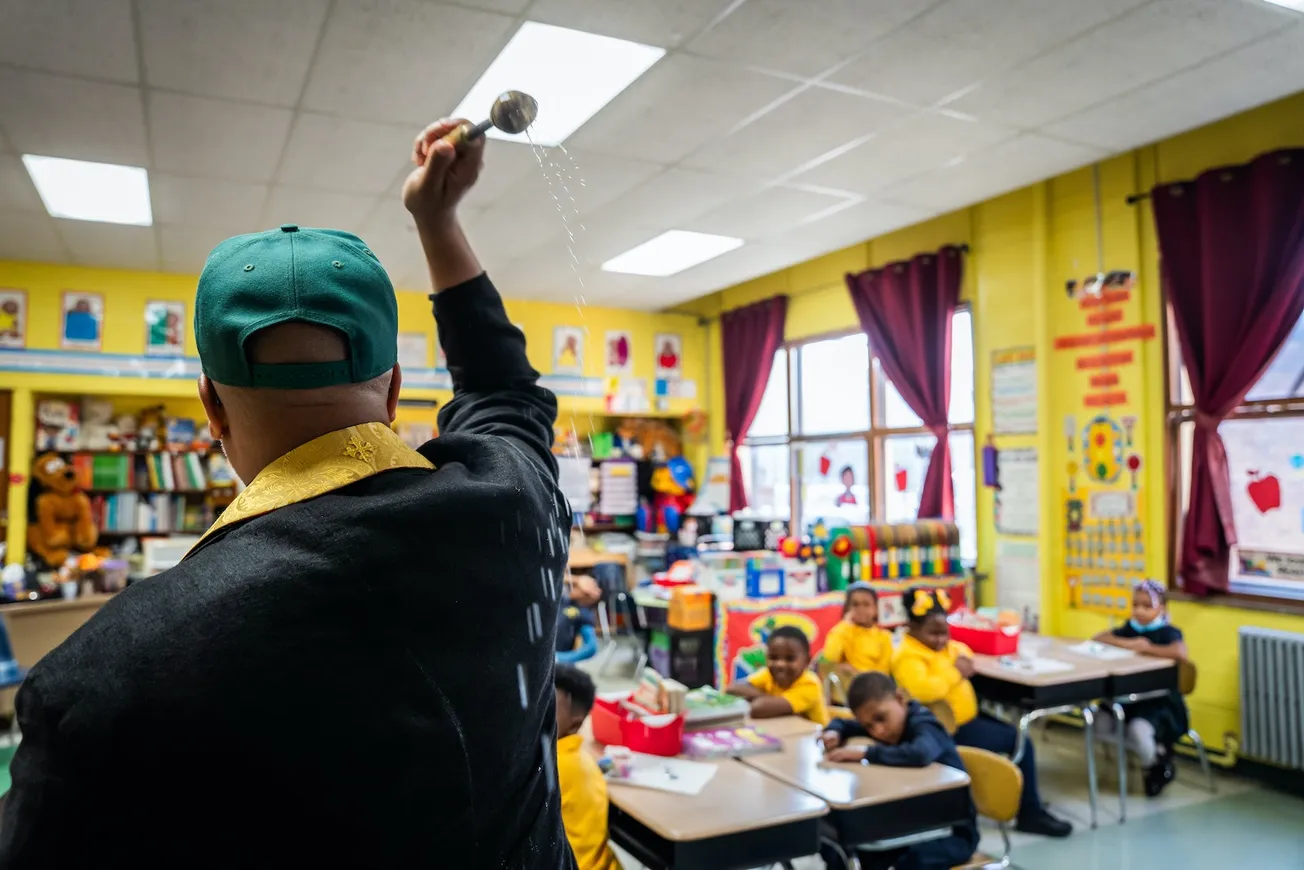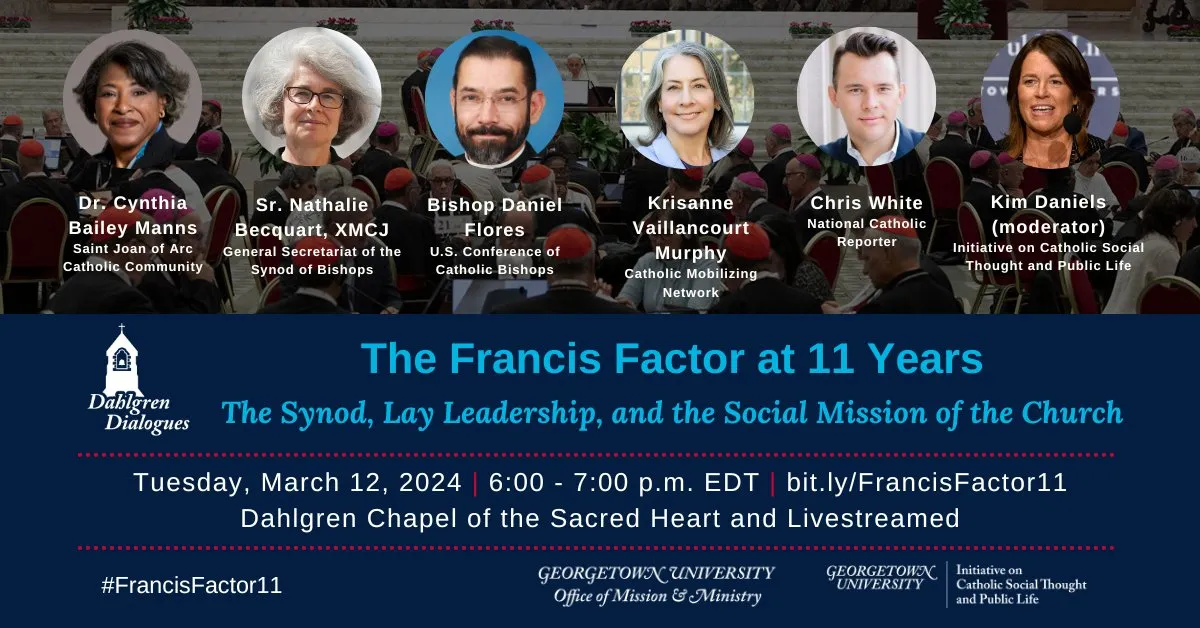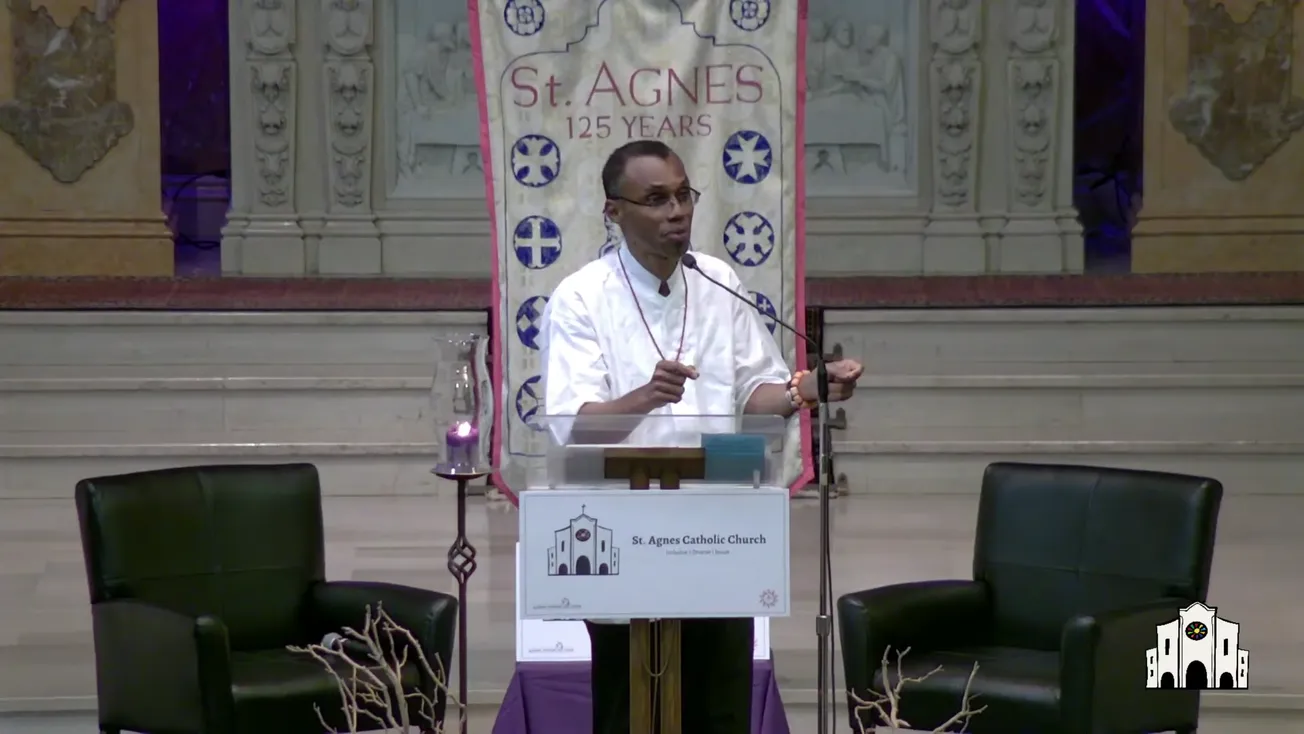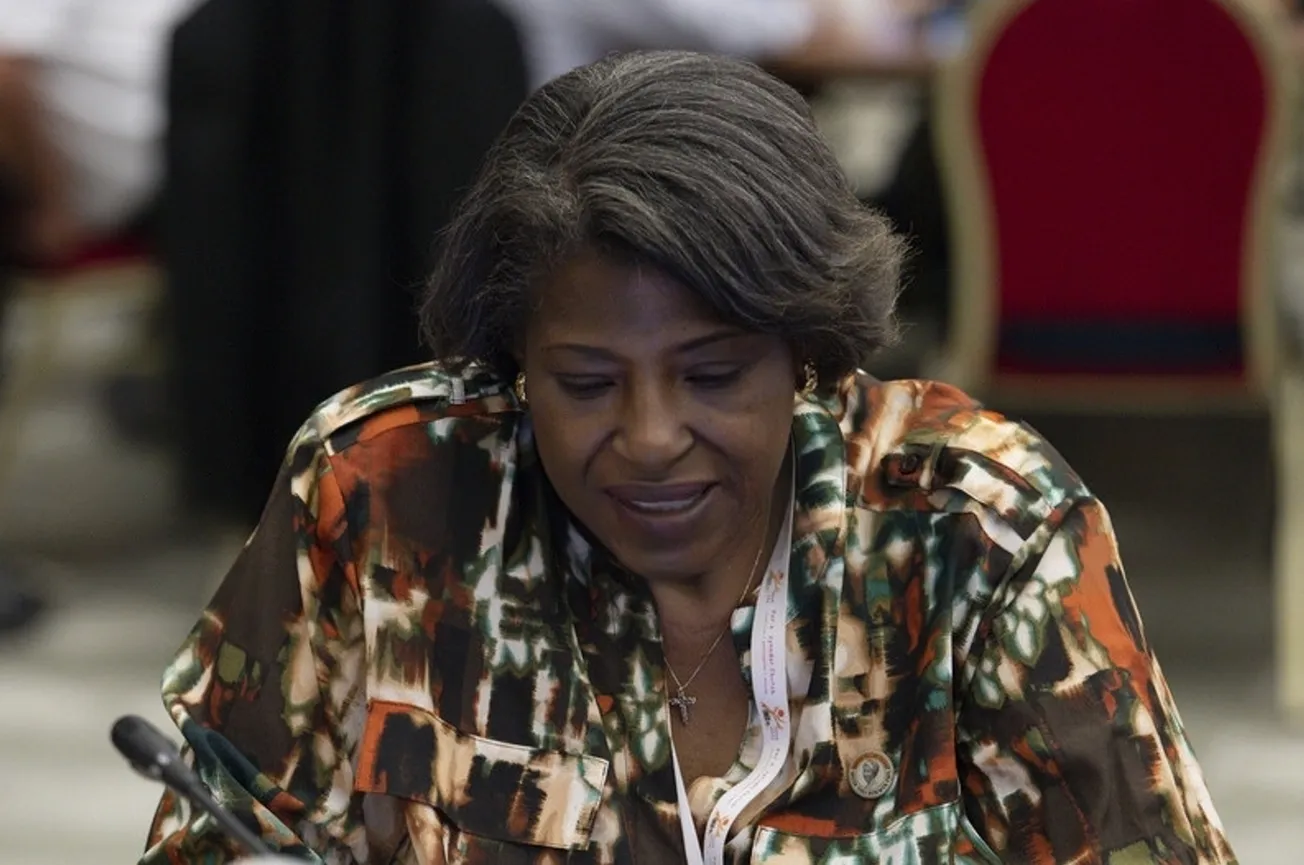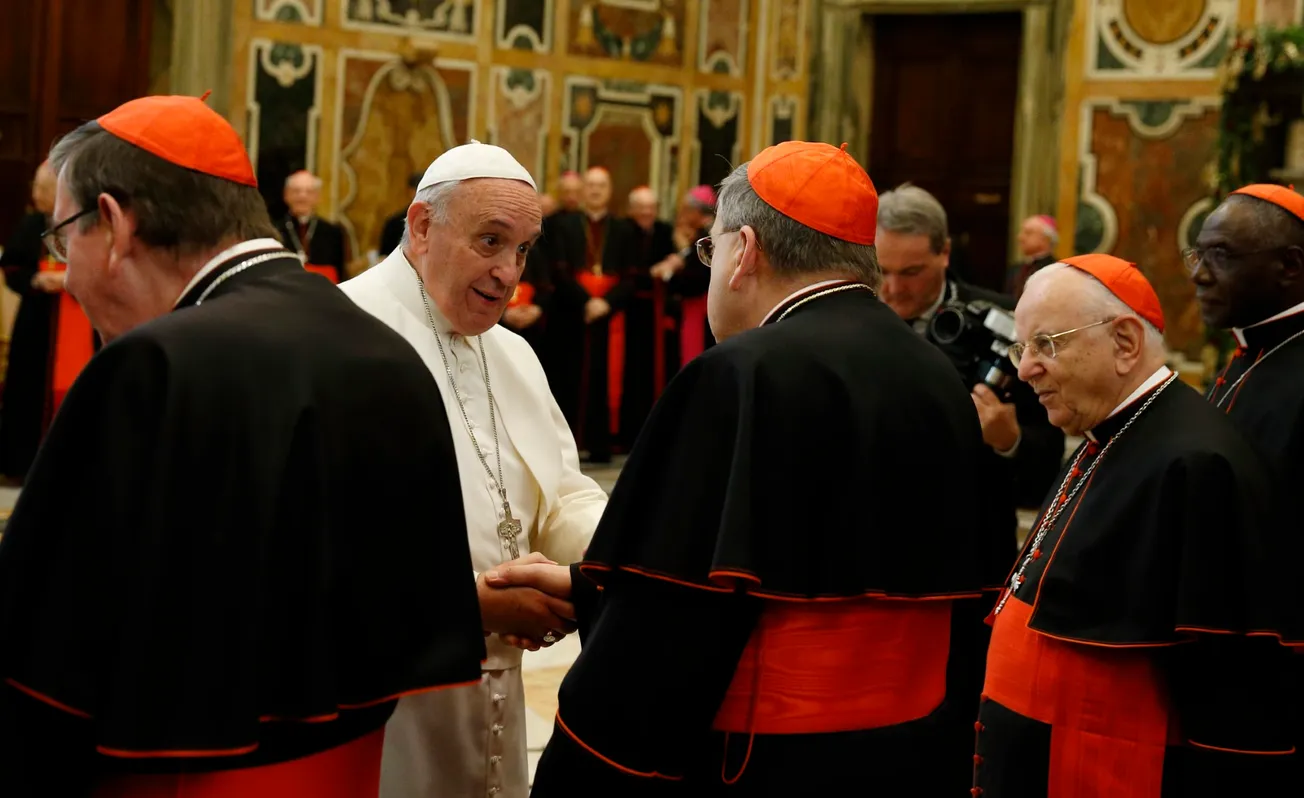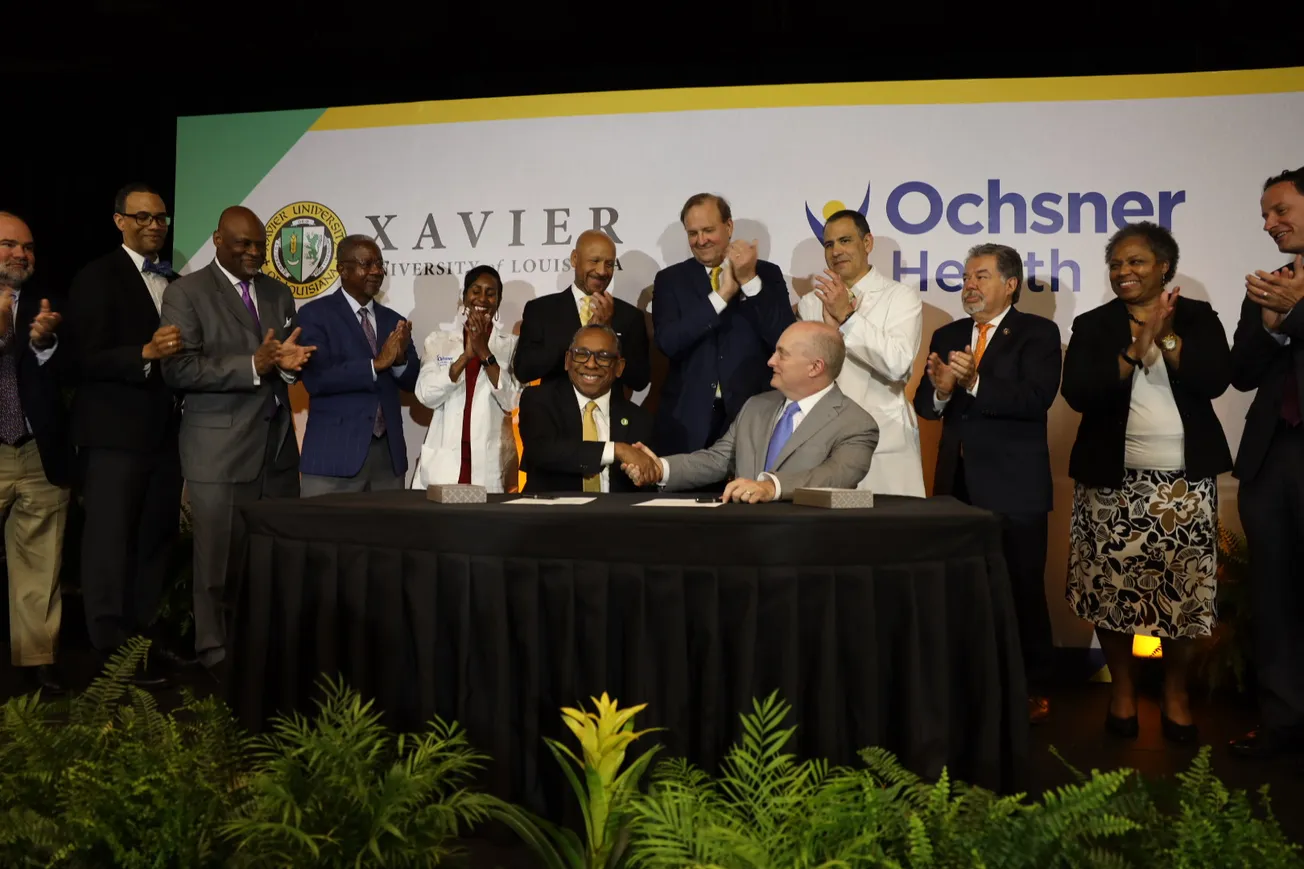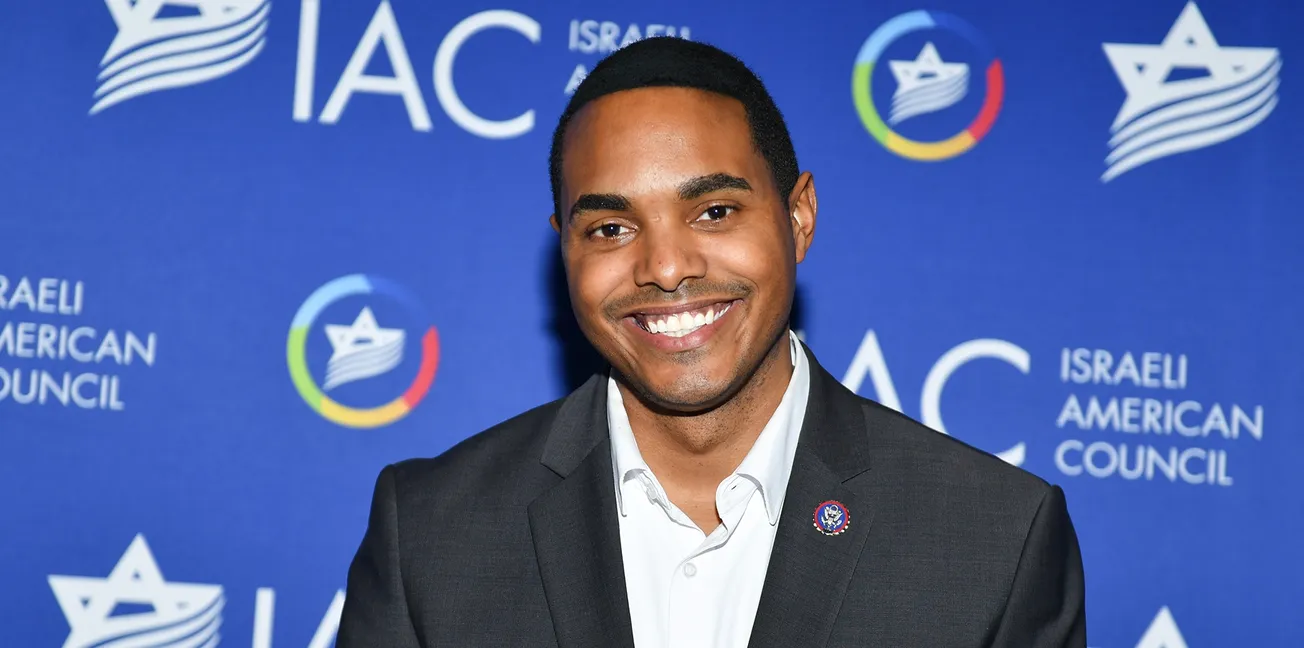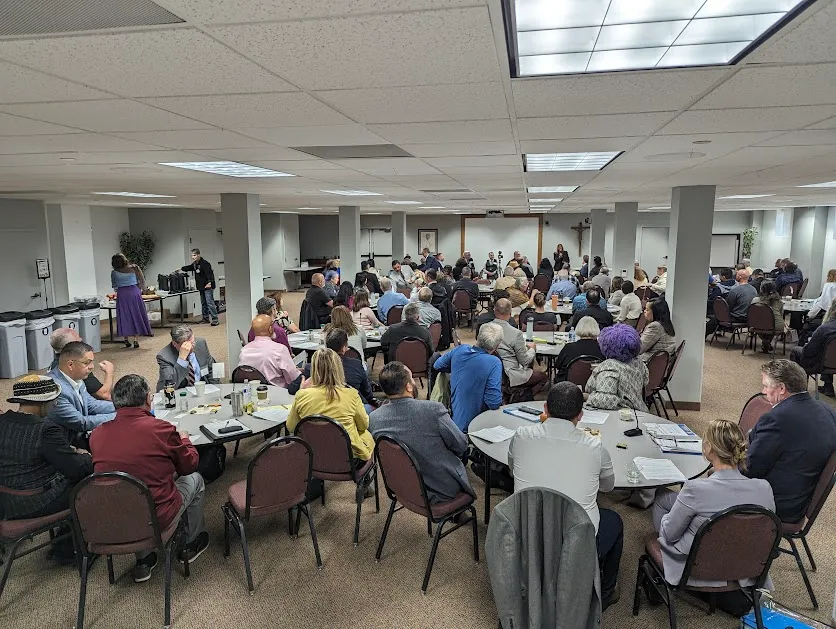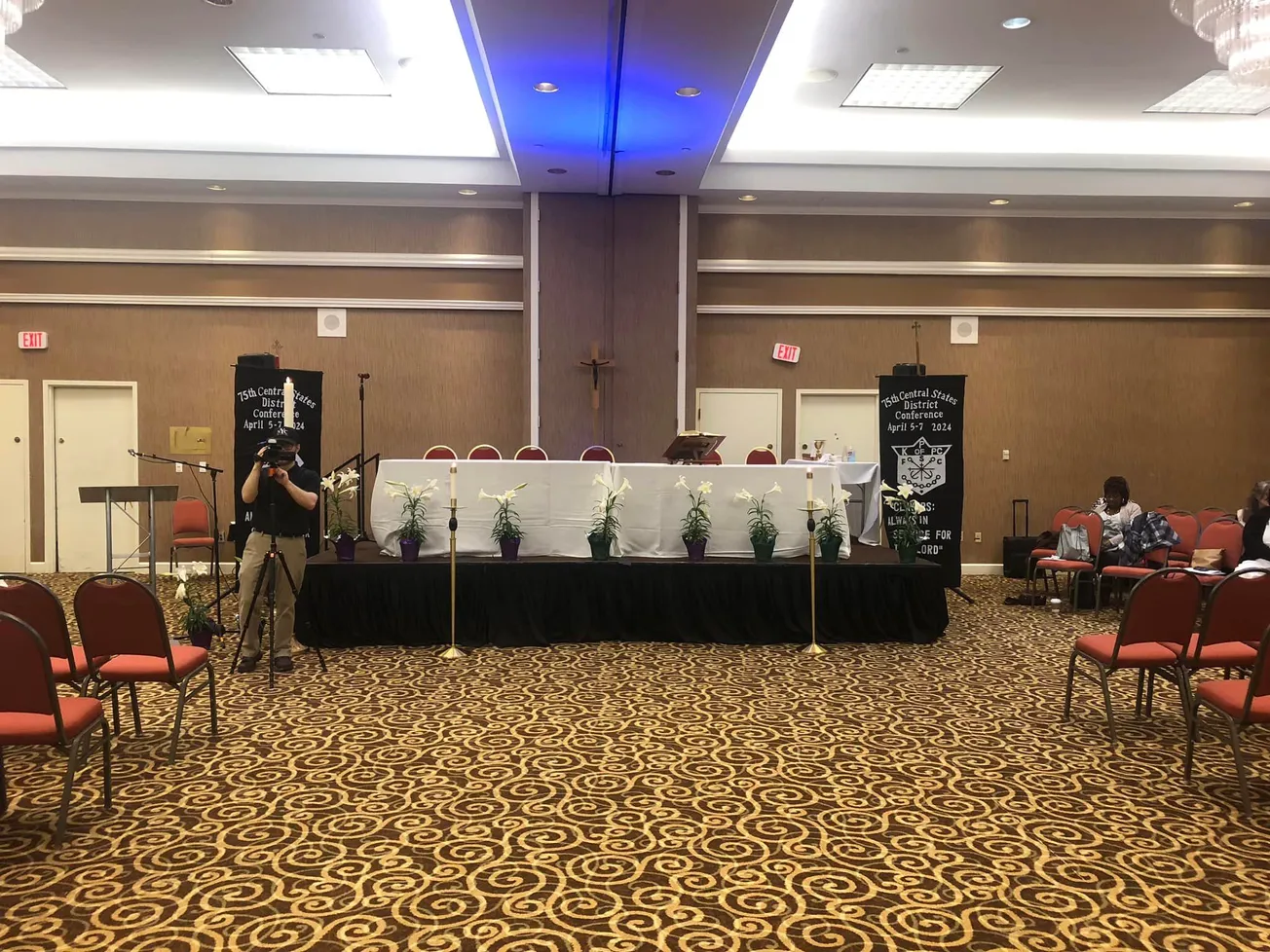The Communication of the Gospel is at the heart of “A Synodal Church on Mission,“ the first synthesis report from the Synod on Synodality, which began its Roman phase in October. I recently perused a good portion of the official document. Such reading is important in this context of universal synodality in the Church.
I write knowing full well my intellectual limitations and my overall lack of understanding in the things of God. I’m also aware of the unfortunate and many mistaken ideologies that now divide Catholics, which serve as obstacles for the greater mission of communicating the Gospel to the nations. On this, I always say, “I’m not a liberal, conservative, traditionalist, progressive, nor any other adjective Catholic.” I’m simply a Catholic disciple of Jesus Christ who was graced to be ordained to Holy Orders, the sacrament of service to the people of God.
As such, this writing is not intended as some sort of overly academic and complex commentary on the Synod. I do, however, wish to explain why the new synthesis document has brought new hope and inspiration for me after reading through it and praying with it.
It is clear from the beginning of the document that Pope Francis was inspired to convoke this two-year synodal process so that the Church can return to its ancient origins as a Church on mission. It is in continuity with his predecessors—I think of the many sermons, writings, teachings, and exhortations of Pope Sts. John XXIII, Paul VI, John Paul II, and Pope Benedict XVI, of blessed memory. These pontiffs have all indicated something similar to us as Francis now does: that we, too, need to be on mission.
The hope expressed in the synthesis report seems to be that a synodal mission for the Church might make it easier to connect a contemporary society that is ever-changing to a Church quite distant from these changes. However, what is clear from the document and from the mouth of the pope himself is that the revelation of Jesus Christ and the truth of the Catholic Church does not change. That it cannot change. The apostolic faith remains intact. The synodal mission of the Church, from what I read, is simply a way by which the unchanging truths of the Gospel might permeate our post-Christian world, at least here in the West.
There are legitimate concerns on many sides about how this process could lead some to think that eternal truths can in fact change and that some will attempt to make it so. However, the pope has made it clear that synodality is, above all, a process of prayer and discernment, allowing the Holy Spirit to inspire the assembly for the sake of the mission. And what is the mission? To proclaim the good news of Jesus Christ to the entire world, and all that comes with it.
The synthesis places one of its initial focuses on the mission to the poor and marginalized. A point was made that the “preferential option for the poor is implied in Christological faith.” That means that the Church, at every level, when deliberating or making a decision, must first understand how such decisions will affect those in most need. Perhaps a synodal approach would help the bishops to make sure the poor are the first group of people to benefit from a decision made on behalf of the Church. This would be a great benefit to my own ministry, where we are attempting to keep a school open in the inner city of Detroit for the sake of the mission.
Another point made in the first part of the document speaks to what took place at Pentecost, when everyone heard the apostles speak about the risen Lord in their own language and tongue. The Catholic Church is, by its very nature, a church of every tribe, language, people, and nation. Fittingly, the delegates at the synod understood the various cultural dynamics we possess in the Church. They are encouraging us to have people from various ethnic backgrounds present at different levels within the Church, helping to make good decisions for the whole. I have come to understand that representation matters even for a universal institution. What if we had, in the curia or the chancery, in the seminary, in the tribunal, in the various committees and consultative bodies of the Church, not just those designated as cultural ministries but persons from the various ethnic backgrounds present in a given area? Would we not see a greater participation in the universal reality of the Church and perhaps greater success in the mission to every people?
I have had so many occasions when my ethnic background mattered for someone who needed a priest to relate to their specific situation. This must be the case for so many others who are ministering within the Church here in America and beyond. It only makes sense that the universality of the Church be present at the various tables of planning and decision-making.
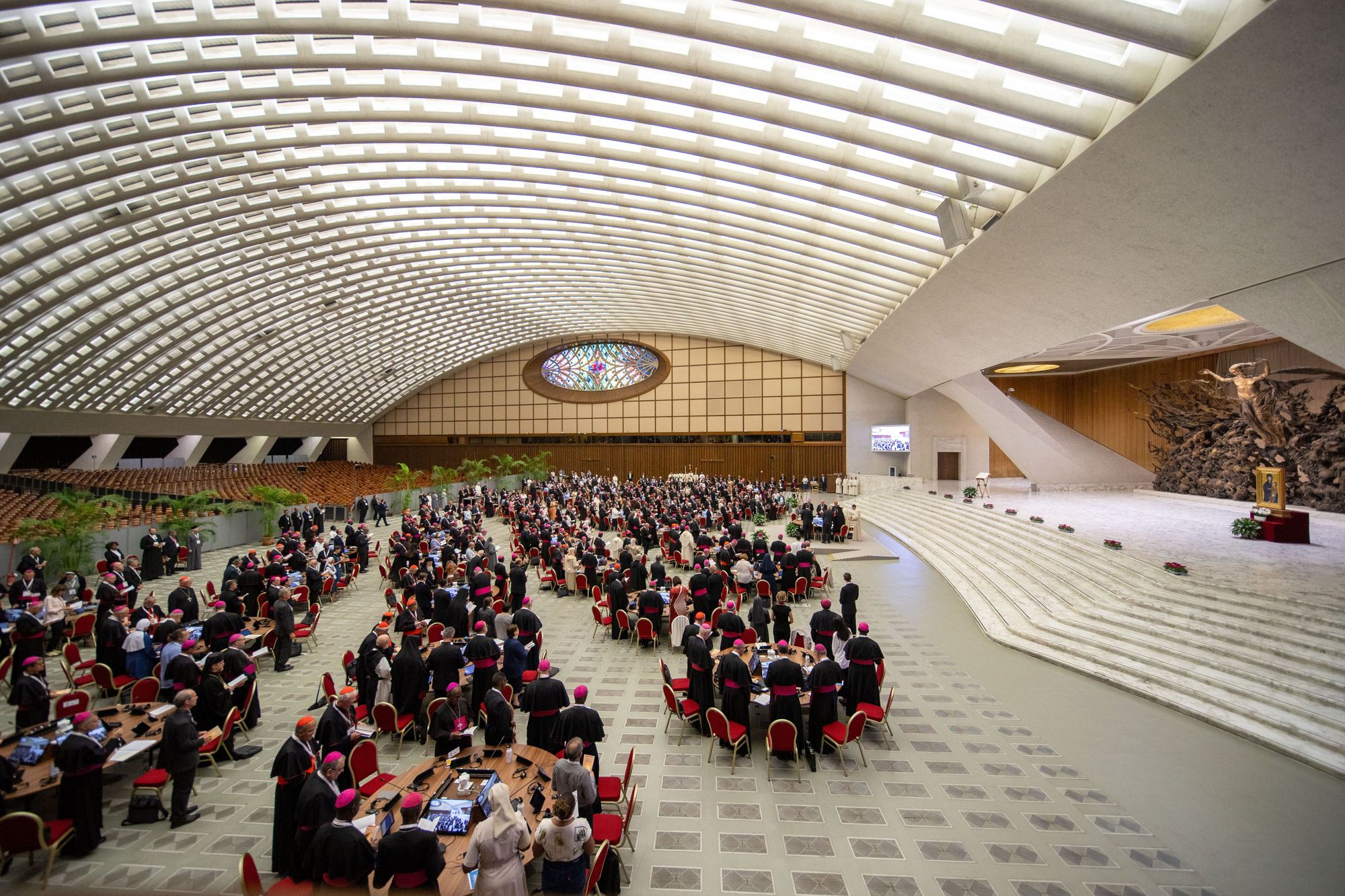
One of the most important points made in the synthesis is the need to foster more unity with the Eastern Catholic churches. I’ve always been amazed that, despite the fact that 24 particular churches comprise the Catholic Church, the Latin/Western Church is the one that mostly gets the spotlight. Christianity, at its core, is a Middle Eastern Semitic religion, and our focuses should reflect that. There are so many beautiful Eastern Catholic traditions that perhaps a Church on mission, within the context of a synodal approach, should recognize and rediscover more widely for the sake of the whole and of unity.
From my years in the Eternal City, I remember the beautiful customs and traditions of the Ethiopian church on display in Rome during their Christmas celebration on January 7. (They celebrate on neither December 25 nor January 6, as in other traditions.) The entire liturgy lasted about 5 hours! First, was three hours of chanting and singing from the scriptures. Then we had the Divine Liturgy, which lasted another two hours. I have since wondered why the bishops here in America never invite the Ethiopian Catholic Church to come and spread the Gospel to people of African-American descent and beyond. With the rise of many young African Americans (especially men) rediscovering their African roots, and many of them having difficulty connecting with the Catholic Church in the average Western parish, perhaps the Ethiopian Catholic experience would be just what is needed.
The role of women in the church was also mentioned throughout the synod document. It even had a special section dedicated to this theme. My own takeaway is this: since women make up half of humanity, they had, have, and will continue to have a most serious and essential role in communicating the Gospel to the world. Throughout the Christian tradition, St. Mary Magdalene has been known as the Apostola Apostolorum (“Apostle of the Apostles”). It is she who brought the good news of the Lord’s resurrection to the Church. It is her faith in the Lord Jesus that allowed her to trust the institutional Church as well, in its earliest hierarchical stage. She had seen Jesus speak many times about what should take place after his death. She knew that Peter was to stand in the place of Jesus, that he was to become his vicar on earth.
As such, the many ways—both old and new—that women can serve in the Church were brought forth in this first synod phase. What leadership roles might they have on the level of official curial positions? What adjustments in canon law would need to be set in place? Can they become deacons? The latter was brought forth in several other instances in this document. Personally, I have been formed by several mystics who were women. In fact, I would not have a good spiritual life had I not found these authors. They have taught me much about the spiritual life and how to open my soul to the graces of the Lord. The question of the roles of clergy in synodal mission hit home to me. The document speaks about the various nuances of who and what the deacon’s role is within the Latin church; we must remember, of course, that the permanent diaconate as we know it is a custom quite new, existing only since the Second Vatican Council. The synthesis mentions that a clearer distinction needs to be made in how the diaconate is a real sacramental role within itself.
Further, the document makes mention of the age-old discussion about the discipline of priestly celibacy in the Latin Church. However, there was not much elaboration in this regard. I would argue that more also needs to be studied in collaboration with the Eastern churches before any real conclusions are made. After all, the two traditions developed markedly different theologies for the ministerial priesthood and its connection to marital life. What was clear from this synod session, though, is that the prophetic mission of the priest is of great value to the mission, his bishop, and the people of God.
Clericalism was also mentioned in the synthesis’ section on priests and deacons. It also appeared in other sections of the document. Notably, it was highlighted by the synod participants that clericalism “ is a disposition that can manifest itself not only among ministers but also among the laity.”
There were many other issues covered and explained in the 41-page document, and all of them are worthwhile to read. Nevertheless, I have to conclude this brief reflection. So why did I find this document so hopeful? Because it is evident to me that Christ, by means of the Holy Spirit, is clearly moving the Church to be on mission, just as the early Apostles and disciples were sent out, two by two, from the Upper Room to the far corners of the earth. So may it be today, cum Petro et sub Petro.
Fr John M. McKenzie is a priest in solidum, serving the Archdiocese of Detroit within the D4 Mission Family of Parishes. He primarily serves at Christ the King Catholic Church and School. Prior to entering the seminary, he was a Benedictine monk in Italy.



